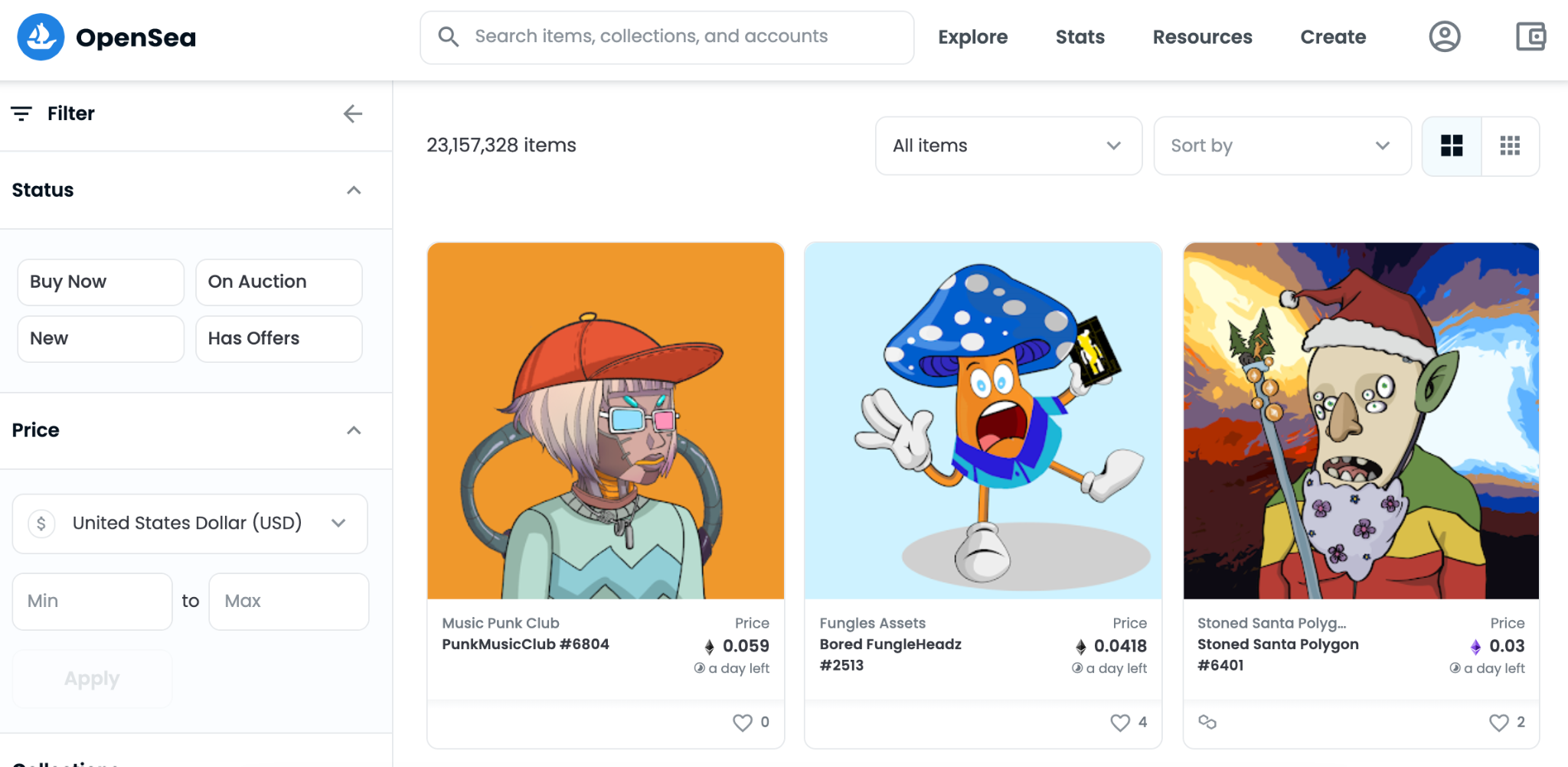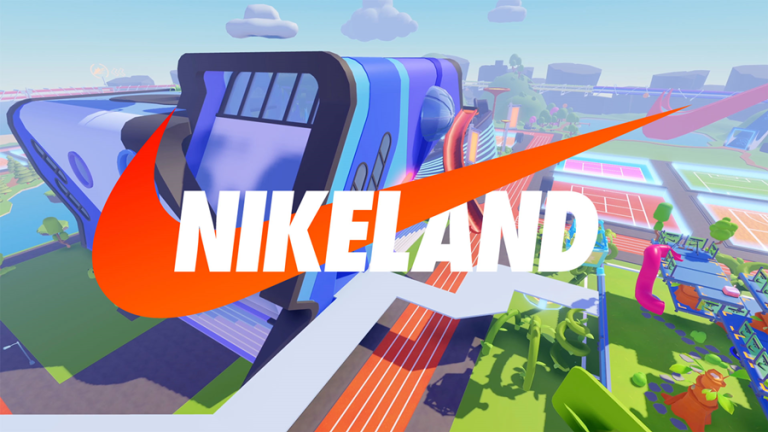By Ashley Dudarenok
A new brand world of engagement is coming with the next technology revolution
Don’t want to miss the most exciting brand marketing opportunities in the era of Web3.0? Interested in some metaverse marketing tactics? In this article, you will have a deeper understanding of what the metaverse is and what it means to marketers and how marketers, brands and business can leverage it in the future.
What Is Metaverse and the New World It Brings?
‘Technology is eager for new products, capital is eager for new exports and users are eager for new experiences’ — this is the main reason why everyone in the industry is talking about metaverse. The essence of the metaverse is to transform the two-dimensional internet into a three-dimensional one and integrate the five senses (hearing, sight, touch, smell, and vestibular sensation) into specific scenarios through the terminal device. The world will become a merger of physical, biological and digital reality with 10 billion people and 50 billion ultra-smart devices powered by 6G IoT.
The metaverse concept has existed for many years but what the metaverse now is a virtual world and a digital living space that interacts with the real world and with a new social system, which is linked and created by means of technology.
The new virtual world focuses on a more extreme experience of personal entertainment; improvement of personal efficiency and improvement of social efficiency. The underlying logic of the metaverse development is to meet people’s social and entertainment needs.
Before the metaverse came, the internet could only transmit information but the internet is now able to transmit senses. For consumers, the metaverse has created a richer consumption experience for them. What brands can provide for consumers within the metaverse is not only the product but the culture, the experience and the resonance behind the products. Metaverse gives the brands the possibility to insert brand images into the consumers’ life in multidimensional ways. The products and platforms brought by technology like VR/AR make the online social interaction process, entertainment and consumption more interactive and immersive.

What Metaverse Brings to Brand Marketing
New world means new business opportunities. The breakthrough point of Metaverse at this stage is gaming, social media and immersive content. Marketing strategies can also be started from these three directions.
From the perspective of commercial value, unlike other innovative technology, what metaverse brings is the next-generation internet ecosystem’s future, with 3D interactions as the main increment. As a combination of the real world and the virtual world, the metaverse will start online at its initial stage; but in the future, it will gradually transform the partial connectiveness of the online and offline world to a comprehensive one by creating various offline immersive experiences. The boundary between the virtual world and the real world will gradually be blurred. More real-world elements such as commodities and entertainment will be transferred to the virtual world.
In a virtual world where trust, money and identity are embedded in the environment, the relationship between brands and consumers not only revolves around the product but also interactions and experiences.
This change in consumer relations also creates the possibility for brands to increase customer stickiness and loyalty. This ubiquitous sense of immersion will maximize the fulfillment of people’s demand for the ultimate entertainment experience.
Let’s Have a Sharpened Look on the Three Important Breakthrough Points:
1. Entertainment (gaming)
Games are where the metaverse first grew up as the game word is essentially a virtual world constructed based on reality simulation and its form inherently has certain similarities with the metaverse. Virtual social identity, openness, economic system, immersion and sustainability of the world are the five major characteristics that metaverse games focus on.
Roblox is a metaverse game project with the largest market share with 7 million map creators and is currently the game that is closest to the metaverse concept. The advantage of metaverse games lies in its strong social features augmented in rich content, rich creative incentives and various playable themes brought about by the large player capacity in a virtual room.
Therefore, the brand marketing can start from the existing game platform, applying the game experience, player creation process and social attributes to brand promotion; even cooperating with players in the brand products’ creation.
2. Interact (social media)
Excellent social products should have the three capabilities of relationship establishment, development and transformation at the same time. Interest-Based Social, Many-to-Many, and Avatar are the innovations of Metaverse’s social products. Interest-Based Social is mainly based on the interest between semi-acquaintances or strangers.
For example, different themed rooms in VRChat, interest tags in App Soul, etc. Virtual platforms under the metaverse umbrella, such as VRChat, can produce and share player-made personal avatars, making it widely praised by ACG fans.
In the context of metaverse, the internal logic of social interactions is still to attract enough users through interest or content to form a platform effect. Brands should plan marketing strategies from the two focuses of consumer interest and differentiated interaction methods.
3. Immersive Content
The starting point of the metaverse is not a platform but a content that can be independent, self-iterative and multi-dimensional to attract users to participate in the experience and even start creating. With the help of technology like blockchain, AI and AR/VR, immersive content will be used for consumers/players to create experiences different from the real world.
Best Practices for Brands to Harness the Power of Metaverse Marketing to Connect With Consumers
#1 Collaborate With Virtual Idol/Metahuman
Character IDs are primary assets of the Metaverse, so Metahuman, a word to describe virtual idols, is the guarantee for realizing virtual identities and user immersion in the Metaverse. There is no absolute technical threshold in this field and there are many business scenarios that can be applied to marketing.
At present, metahuman’s profit model has completed the preliminary commercial closed loop through social account operation and traffic monetization. Brands can use metahumans as their brand ambassador in the virtual world. Compared with traditional idols, Metahuman’s core competitiveness lies in its purely market-oriented construction, which perfectly fits various business scenarios and products in theory and has a wide range of applications industry, such as film, music and consumer products. The brand will also not be affected by real people’s legal and moral hazards. Metahuman’s personality, appearance, and behavior can be used to integrate with brand marketing.


Brands and individuals can create virtual characters in line with their brand culture and brand image, as promotion ambassadors and image representatives of the brand in the metaverse world.
#2 Marketing with in-game products
The products in the game may be virtual re-creations of real-world items or branded items that promote real-world products. Selling in-game products and character skins have become an important part of the income of gaming companies. Brands can also use in-game characters and scenes to create or promote their products. Assets and appearances in the virtual world, especially in open source games, can all be used as social currency and consumers are willing to spend money in this regard. In sports games, users want the experience of the game to be as real as possible. When a new product in the real world is released, users can immediately get the virtual Air Jordans released in the game. Therefore, virtual sneakers or jerseys also have potential in the market.

Similarly, a large number of brands can enter the gaming scene and become an important part of the gaming industry. Game elements such as plots, characters, scenes, etc., can be leveraged to promote both real world and virtual products.
#3 Launch NFT
The metaverse is a virtual world where NFTs can be a house, a car or a painting in the meta-universe. The assets in the meta-universe can be traded and circulated freely. At the same time, NFT products can be in any digital format: JPEG, GIF, 3D animation, VR, etc. Brands are no longer limited to providing physical products or services, but can also provide virtual products, the range of consumers’ choices has been expanded indefinitely. According to data from DuneAnalytics, at present, all NFT platforms add up to more than 7 million trading accounts. There are more than 600,000 users on OpenSea alone and NFT’s trading volume and attention are very impressive. So releasing an NFT product is a very direct and necessary method for brands.

When launching NFT products, there are also some strategies implemented.
First of all, brands must pay attention to the combination of brand culture and NFTs. Because every digital collection is actually an image, prop, or scene, they make the basic elements of establishing a brand image. Moreover, the more culturally-attributed the brands, the easier it is to make NFT digital collections that complement each other.
Secondly, brands should pay attention to the virtual world experience to facilitate people’s participation in interactions. When the physical experience is transformed into a virtual experience, physical constraints such as time and space will be lifted and the creative space and boundaries of brand marketing will be infinitely expanded. Behind this is the growth power of the virtual life. Similarly with the metaverse concept, Gen Z, who grew up with rise of the Internet, have become accustomed to the virtual life. They use virtual identities to make friends with various virtual avatars. They shop and play games online, leading a virtual life in full immersion.
#4 Bring digital advertising to the metaverse
Besides creating digital worlds or brand images, brands are also showing up in metaverse environments through digital advertising. Metaverse creates a new world for consumers beyond the real world. As long as you are creative, everything in the real world can be realized in the metaverse. Therefore, it is also possible to move real world advertising concepts into the virtual world.
Take the video game advertising technology company Bidstack as an example. Bidstack initially engaged in outdoor advertising in the real world but now they have transferred the technology to the virtual world.

With the full development of the metaverse, more virtual spaces will appear. For example, Fortnite has screened Christopher Nolan’s movies in the game in 2020. If this format were to become more popular in the near future, it is possible for more trailers and advertisements to run in the virtual world as they would in the real world before a virtual movie screening.
Brands should not only seize the virtual world’s new consumption scene but also its consumers’ attention.
#5 Use Technology Tool VR/AR to Enhance Consumer Experience
New technology, as the underlying driving force for the development of the Metaverse, is an important tool to provide users/consumers with an immersive experience. At this stage, the iterative direction of AR and VR in the metaverse world is to enrich the content and strengthen interactions. Sports giant, Nike announced that it would cooperate with the metaverse platform Roblox in launching the virtual world Nikeland, where players will be able to put on digital versions of Nike products such as the Air Max sneakers for their avatars. The Nikeland website is currently promoting Nike exclusive products such as hats and backpacks.

Where is The Metaverse Now and What’s Next?
On October 28, Facebook’s CEO Mark Zuckerberg announced that the company officially changed its name to Meta, betting on the metaverse, once again triggering the capital market’s enthusiasm for the metaverse concept. In China, from September 22 to October 22, the number of companies that applied for the Metaverse business increased from more than 130 to about 400 and the number of participating companies increased exponentially.
As China has recently announced a technological breakthrough, Purple Mountain Lab in Nanjing as one example has set a world record for real-time 6G transmission rates, the merger of the physical, biological and digital worlds powered by 6G technology will likely become a reality by 2030. Although there are more and more participants in the meta-universe, the industry is still in its early stages and major companies are mainly focusing on the ecosystem layout and hardware development.
The technology and gaming industries are the first to participate in this concept. Facebook will work hard to build a metaverse in both content and hardware directions. Meta announced that it will invest 15 billion in cultivating metaverse content creators and will invest 10 billion US dollars in the Facebook Reality Labs, focusing on AR/VR product development. Meanwhile, Tencent has entered the metaverse world through games. From 2019 to this year, Tencent first reached a strategic collaboration with Roblox and obtained the domestic agency rights in China. Later, Tencent directly participated in the investment in Roblox.

In addition, the consumer goods industry is also an enthusiastic participant of the Metaverse, and many brands have launched their own NFTs. Alibaba’s e-commerce platform Tmall also held an online metaverse art exhibition to attract consumers. The entertainment and media industries have also joined. Justin Bieber was the latest popstar to announce a metaverse concert. He has teamed up with virtual entertainment company, Wave to join the Epic Games’ Fortnite in the upsurge of interactive virtual concerts.
All in all, industries related to entertainment, social interaction and consumption are actively participating in the construction of this virtual world. For brands or individuals, it may not be possible to deeply participate in the construction of the metaverse world like technology companies but they can use the metaverse concept for marketing to build stronger emotional relationships with consumers. The unlimited aisle shopping that metaverse provides brings opportunities for brands to enhance their recognition and enriching consumer shopping experience. Whether it is universe or metaverse, what can bring satisfaction to consumers, benefits to businesses and opportunities for capital is good for brands looking for new ways to connect with consumers in the most relevant and emerging ways.
Article by Ashley Dudarenok with additional research by Joanna Wang.
About the Author
Ashley Dudarenok is a globally renowned digital expert, serial entrepreneur, three-time Amazon bestselling author, vlogger and female leadership spokesperson. She is the founder of a China-focused digital marketing agency Alarice and China digital consultancy ChoZan. Her top-rated YouTube vlog covers China’s tech, the Chinese consumers, new retail ecosystems, and digital marketing. Ashley is a regular contributor and has been featured in BBC, the SCMP, Forbes, Bloomberg, among many more outlets. You can find out more about Ashley and follow her work through LinkedIn, Instagram, Facebook, Twitter, and her website www.ashleydudarenok.com.







